Życie jest piękne (1958)
ジャンル :
上映時間 : 12分
演出 : Tadeusz Makarczyński
シノプシス

A truck driver plays a cat-and-mouse game with a mysterious serial killer in a van who lures young female hitchhiker victims on a desolate Australian highway.

Experimental psychodrama about a friend of Krolikiewicz's alcohol addiction (though the themes of the film are universal). One of the first attempts to apply the director's theory of "Film space outside the frame".

Greek Theo Angelopoulos traveling from Athens to Ostia, the Roman beach where Pasolini was killed. Far from there, in a Spanish train station, Víctor Erice wanders in an interview about the film resistance. And in Italy, Tonino Guerra, Ninetto Davoli and Nico Naldini lend his voice to the missing Passolini to close a historic triangle on film and solitude.
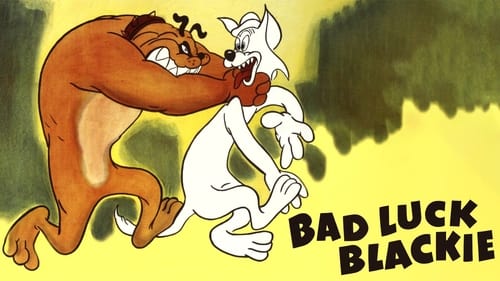
A kitten who is being tormented by a bulldog finds a savior in a black cat (from the "Black Cat Bad Luck Company") who merely has to cross the dog's path for something very unlucky to happen to the bully.
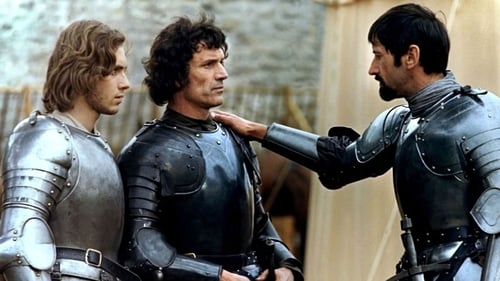
聖杯探索に失敗した円卓の騎士たちが帰還。最後に戻ったランスロは王妃との関係を終わりにしたかったが、王妃は不義の恋を貫く決意。やがて騎士の世界は破滅へ……。ランスロット伝説を大胆にアレンジした悲劇ドラマ。

Miguel Picazo started his film career in 1964: "La Tia Tula" turned him into one of the most distinguished directors in the New Spanish Cinema trend. This documentary approaches his work and personality through his own words. Having only directed a bunch of films, among which "El hombre que supo a mar" or "Extramuros", at his age of 87 Picazo still waits for a new chance to keep on directing films.

"UNEMPLOYMENT DAY: MARCH 6th 1930." "Contingents of marchers arriving at Tower Hill." A long column of marchers carrying banners moves through great crowds (89); CS of a girl selling the 'Daily Worker' (99). "the Workers' International Relief food kitchen." Men and women eating sandwiches and drinking tea dispensed from the back of a lorry (190): a further shot of the assembled crowds (213). "A London docker speaks". A shot of his audience (223). "A women's contingent." A group of women hold up a banner which reads 'Thousands of children die of starvation in Britain - we demand bread (235); a speaker talks to the crowd (259). The demonstrators proceed to the Mansion House. The procession moves on (305).

The Spanish Civil War (1936-1939) caused a great impression on the lives of most of the American artists of that era, so many movies were made in Hollywood about it. The final defeat of the Spanish Republic left an open wound in the hearts of those who sympathized with its cause. The eventful life of screenwriter Alvah Bessie (1904-1985), one of the Hollywood Ten, serves to analyze this sadness, the tragedy of Spain and its consequences.

Story of a retired old man who is learning what to do with himself.

What is the nature of life? What is the nature of art? How can art influence our lives? These are the questions of this movie. The main character, a man who lives both in the world of dreams and reality, searches his past, in order to understand its meaning. He has meetings with the ghosts of his dead friend, his dead lover, his dead father and Pessoa, the great portuguese writer. These four encounters give him clues about what he is looking for. Beside that, he finds himself in front of art, discovering how it modifies our comprehension of life. It's based in one of Tabucci's (the italian writer)books: "Requiem". This few lines cannot resume the greatness of this movie. The last thing I can say is: If you like art, I recommend you to see it. If you ever wonder about the nature of dreams, or you live in dreams half of the time, I think you'll feel like this movie was made for you.

Face Value is a film combining a conscious approach with spontaneity, and contemplation with action. It presents us with the differing views of a region we call “Europe”, an imaginary Europe situated somewhere between London, Marseilles, Prague and the Netherlands.

Arriving at a distant town, a businessman decides to take the identity of a passenger who died during the bus trip.

“This shows the Fire Department leaving headquarters for an early morning fire. The scene is remarkable for its natural effect. The opening of the engine house doors, the prancing of the horses, and even the startled expression upon the faces of the spectators are all clearly depicted.” (Edison Films, 1897)
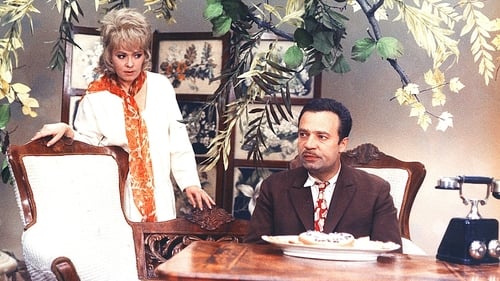
Comedy with fairy-tale touches, about Kate, who wants to marry, and Mr. Devil, who is not interested in the heart or soul of this passionate and aging lady, but is interested in her good cooking – for Mr. Devil is a glutton.

Christmas Eve. A poor orphan boy trudges through the snow, pathetically. He finally arrives at his miserable cabin. While he is crying, Santa arrives and, singing the title song, offers to take the boy to his workshop. They arrive, and the toys go wild (in the full version, they sing the title song, but this has been censored in some versions due to outdated stereotypes). He plays with a few toys. A candle falls off the tree and starts a fire. The toys try in vain to fight the fire; the boy hooks up a hose to a set of bagpipes and takes care of it.

In 1962, François Truffaut visited the Mar del Plata Film Festival to present his competition in the brand-new Jules and Jim. At that stage of the Festival, from 1954 to 1970, names that today sound mythical were common figures among the guests. Truffaut, along with his colleagues from the Cahiers du Cinéma, would take French films by storm with Les 400 Coups (1959) and the Nouvelle Vague would become a key movement in the history of cinema. A few years after his debut and accompanied by the success of Jules and Jim, Truffaut was already well on his way to becoming a legend. In his visit to the Festival, in 16 mm titled Los 4 Golpes (this, in Castilian), even exhibiting in that look a playful look on his work. This short film, for different reasons, was rarely shown and remains a rarity in the director's film.
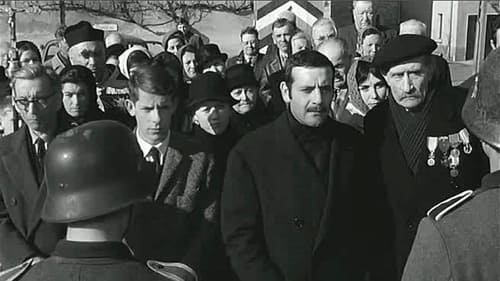
Line of Demarcation. is a 1966 film written and directed by Claude Chabrol. Its title in French is La Ligne de démarcation. It is based on upon the memoir Mémoires d'un agent secret de la France libre et La Ligne de démarcation by Gilbert Renault under his pseudonym Colonel Rémy. A small village in the Jura is split by the river Loue which creates the line of demarcation between Nazi occupied France and freedom. A French officer, Pierre (Ronet), is released by the Nazi soldiers to find his chateau converted into a German command centre. Whilst he is obliged to co-operate with the enemy, his wife Mary (Seberg) supports the resistance movement and is willing to risk her life for it. The Nazis step up their activity against the resistance, insisting that any who attempt to cross the line of demarcation will be shot. When his wife is arrested, Pierre decides to switch his allegiance.
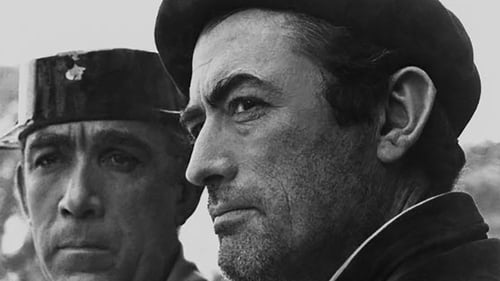
Manuel Artiguez, a famous bandit during the Spanish civil war, has lived in French exile for 20 years. When his mother is dying he considers visiting her secretly in his Spanish home town. But his biggest enemy, the Spanish police officer Vinolas, prepared a trap at the hospital as a chance to finally catch Artiguez.

A modest Neapolitan man meets a young woman with excessive hairiness. He exhibits her at fairs and marries her. It is after marriage that he receives a tempting offer from a French manager.
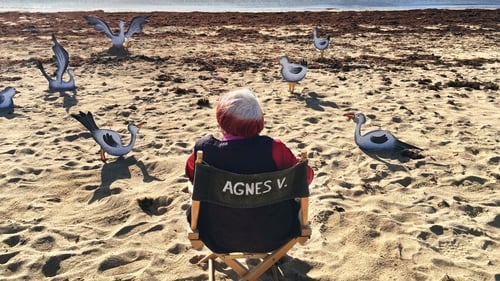
An unpredictable documentary from a fascinating storyteller, Agnès Varda’s last film sheds light on her experience as a director, bringing a personal insight to what she calls “cine-writing,” traveling from Rue Daguerre in Paris to Los Angeles and Beijing.

















